The Long Journey Home – It’s About the Adventures on the Way.
The Long Journey Home is a rare beast, a hybrid of heavy narrative -normally reserved for text-based games- and a science-fiction, adventure roguelike not wholly dissimilar to Sunless Sea or FTL. Its biggest success is not in making you want to continue along your chosen path in order to reach Earth, but in making you want to do it to see more of the game, and to return (most of) the characters to their loved ones or loved things. This makes sense, after all, as the title of the game gives away, it’s about the journey.
Video gaming history is intrinsically interlaced with science fiction and space, however we now seem to be in a time -like the formative days- where the number of games set off-world are increasing exponentially. It’s also harder than ever for a developer to make their big box of stars and space more exciting than the next game along.

The Long Journey Home’s universe is brimming with strange races, mysterious artifacts, and an amazing variety of planetary and lunar landscapes; but those are all really simply conversational points and mini-adventures for the real focus of the game, the crew of the ship.
Strange races prompt different reactions from team members; they even suggest trading certain things, or interacting in certain ways with the races after you’ve made first contact.
When you dig out an artifact from a planet, it’s not just a case of arriving near it, grabbing it and heading back to the ship – each are hidden in ruins, fallen temples, or more. Beautifully written dialogue appears as the person you’d chosen to man the lander leaves the vessel to explore the surface, they explain their observations, the fears creeping up inside them, the emotions bubbling to the surface, the raw excitement. I was never truly at ease sending people into those locations, expecting traps, or collapses, or worse, as I sent them rambling through ruins.

The artifacts were often stranger, even though they often end up serving mundane uses; give a strange plant to the botanist (if you brought them) and they’ll work wonders, but sometimes the wrong specialist will simply accidentally destroy the object, or re-purpose it into something still useful, but less impressive, like a medical kit or repair tool.
I say ‘if you brought them’ because each journey starts off with the player selecting four crew members from a choice of ten. Each have their own specialities, some of them even seemingly relevant to your mission – to go to a place and come back. Obviously, the fate that is decided for the maiden jump is different, as they are whisked across the known galaxy; and so, who knows, maybe the previously mentioned botanist might serve more use than the veteran pilot.
Aside from the crew, you also choose a ship design and lander design. While these don’t initially seem useful, the ship’s statistics will be tested with combat against other races, or fighting against the gravitational pull of planets. Meanwhile, the lander undergoes a massive amount of strain as it fights against dust-storms, radiation, and… weak piloting.

Well, the weak piloting is player specific, and is my only major complaint about the entire game. Lander piloting is, simply put, a game of lunar lander; you jet, or brake, while rotating your shuttle as to best get it in line with whatever you’re trying to collect or interact with. On simple, normal gravity, zero environmental hazard situations this is fine – each planet/moon is labelled up with a difficulty, however this simply doesn’t seem to accurately take into consideration the fact that in -for example- strong winds players might have to not just mine something, but also reverse thruster into the floor while maintaining an angle as to not be slid along the surface by the winds. It, frankly, feels odd that while landed the lander has no anchor, feeling like the same physics are at play as when you’re trying to hover dozens of meters off the ground in a raging sandstorm.
My own incompetence at Lunar Lander aside, the rest of the game’s handling felt excellent: space battles against raiders felt like tight naval battles as all parties attempted to line up their side or forward facing cannons for maximum efficiency, and resource gathering in asteroid fields followed the same controls, but against clusters of shifting space-rock.
The rest of the game however, plays out in wonderful little system enclosures. The route you have to follow to get home is normally several galaxies wide, with you choosing which system to jump to, and ultimately which gates to use to cross between the galaxies. It’s in these various systems, that you spend most of your time – clipping in and out of orbit around objects, stars, and planets, or dashing around the system in order to catch up to, or evade, other ships.

The game’s aliens are a wonderfully diverse bunch, and not just based on how they look; many species made the step to interstellar nationhood, and all of them came from vastly different backgrounds. The far reaches of the universe contain militaristic, greedy aliens, but also contains benevolent wanderers seeking meaning behind their existence; there’s also the capitalistic, trader aliens who are always seeking to make a profit, and also -my favourites- a chivalrous species whose squires and knights scour space in search of honour. There are, of course, plenty more, but the knights felt like a solid nod to an ever-present element of the future -the past.
Knowing, from later playthroughs, how easy it is to offend the alien species only makes the game more interesting. It seems rather obvious but the chivalrous knights of Wolphax appreciated my invite to chase down and challenge down their boisterous and disrespectful squires, but detested cowardice and betray. Three or four attempts in and you’re still making enemies and mistakes, but sometimes that gives off the more exciting stories and circumstances.
One of the biggest achievements for the game -what with it’s procedural universe and mission layout, as well as the developer’s decision to have zero save slots, and as such permadeath- is its absolutely amazing pacing. My first play, which ended just three galactic jumps from my starting point, ended at closing on four hours – I’d spent a lot of time carefully filling up my resources, repairing my ship after the large jumps, and generally trying to learn as much as I could about the aliens as possible.

The game doesn’t ever rush you along, although draining resource bars do encourage you to keep scourging the planets for minerals and materials, and -interestingly- aliens grow bored of conversation if you ask too many questions when you’re not friends with them. When the aliens do open up about their species everything flows, a natural answer to your query. Those species are, in many ways, feel more possessing of humanity than most game’s NPCs.
This lack of pushing, and in many ways the lack of structure, means that the onus is on those interactions -with aliens, with artifacts, and most importantly between the crew- which serve as the momentum to keep playing and exploring. And, it’s the loss of that which makes the permadeath pang so hard.

My first attempt to get my characters home ended with us being pursued by loan sharks, the ship atmosphere destroyed in a last ditch attempt to fuel up from a star, my crew succumbing to burns and asphyxiation as we edged closer and closer to a station which might have been able to help. As the majority of the crew each fell victim to injuries and loss of air; first Kirsten the Astronaut, then Nikolay the Researcher, then Siobhan the Archaeologist, I thought about the little conversations they had held with the surviving crew member, Ash the Biologist. Ash hoping to return home to his husband, joking about how it might be better him out in space, playing along as he strummed his guitar. I reflected that the game had done an amazing job of building stories, and that I’d need to wait a while before heading back in, just to steady myself a little bit.
I did return, and I used a different combination of passengers, and then again, and again.
It’s a testament to the writing that I still remember moments of the first voyage as much as I do the most recent, and that I continue to want to keep pushing further and further in any given attempt in order to see what more the game has to offer me. In The Long Journey Home, the developers have managed to successfully create a game which dynamically builds and tells a story, makes you grow attached to its characters, and has no fear of snatching all of that away from you. Bravo.
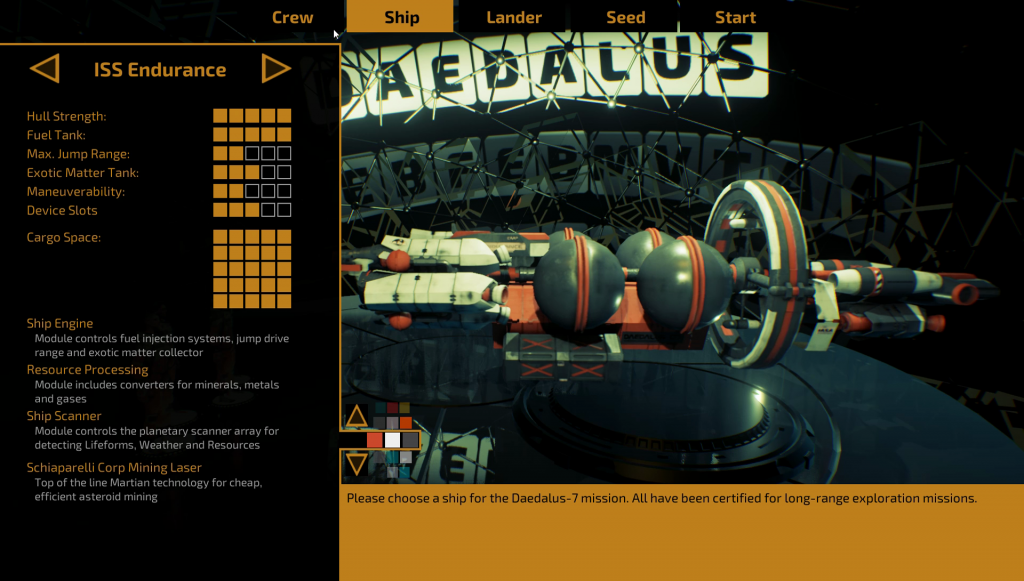
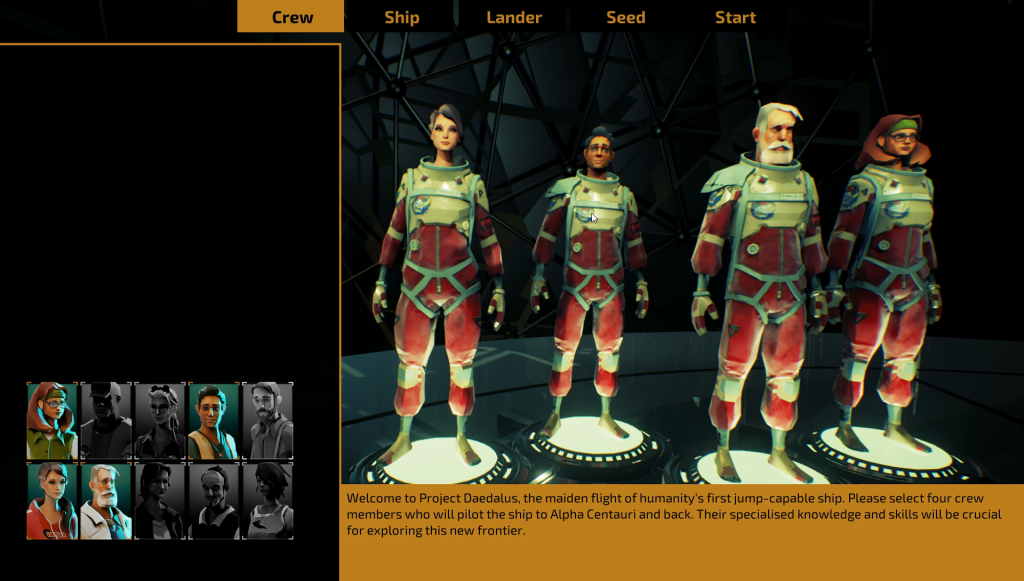
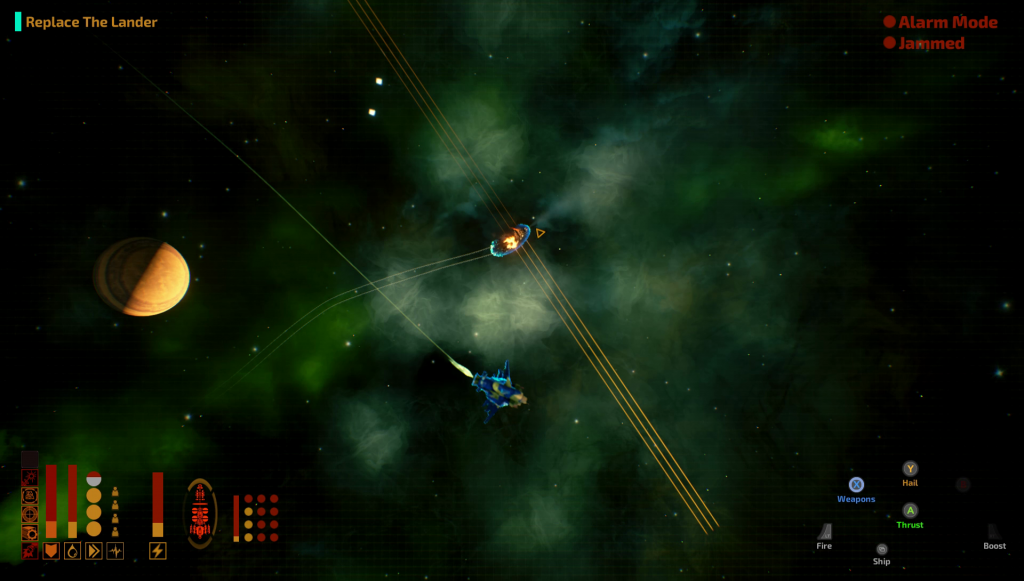
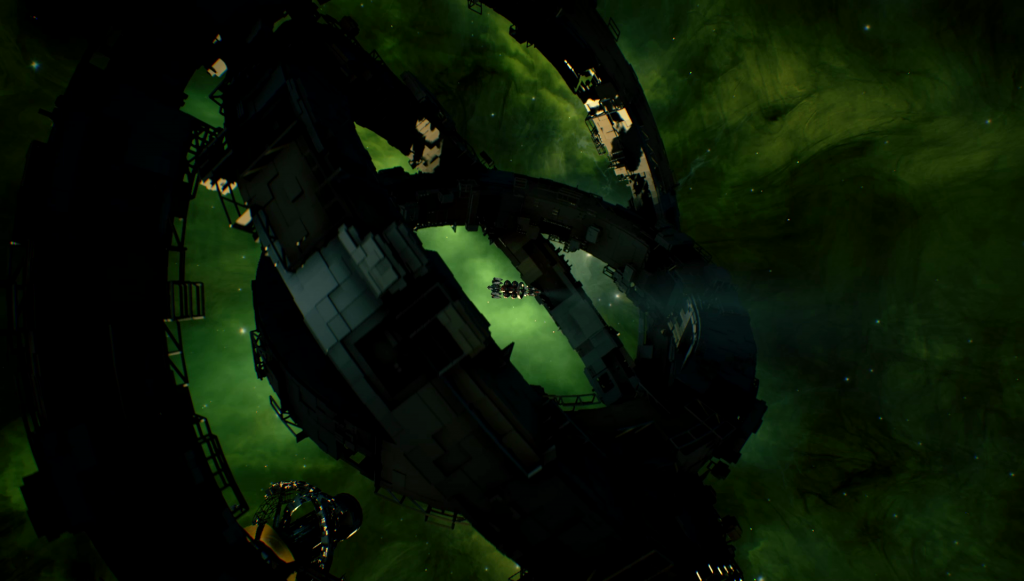
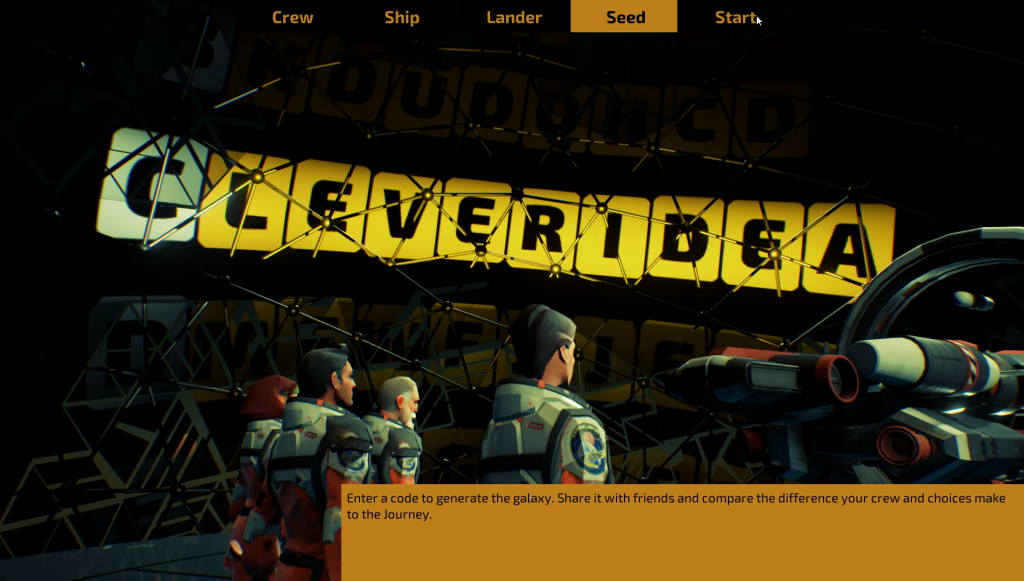
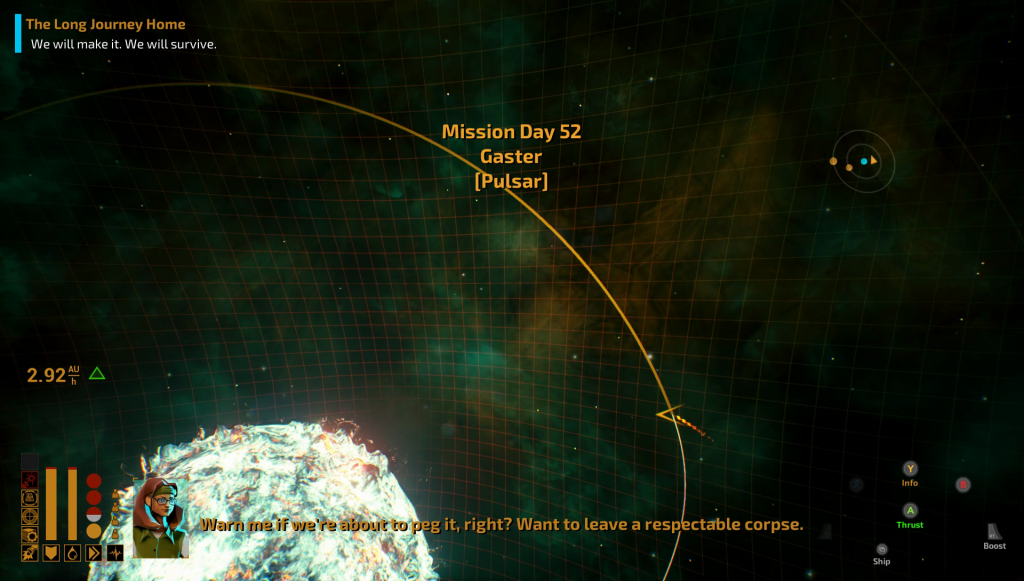
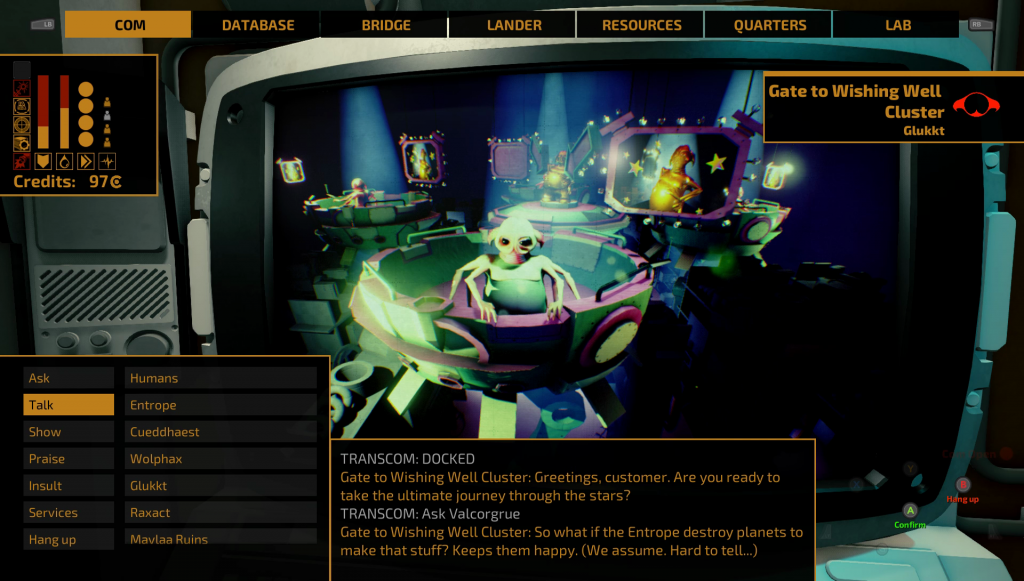
Comments are closed.